
In a historic move, billionaire art collector Thomas Kaplan sold a rare Rembrandt drawing, Young Lion Resting, to fund big cat conservation efforts. This incredible artwork, created between 1638 and 1642, captures the majesty of a lion, both powerful and vulnerable.
Kaplan, who was renowned for his passion for 17th-century Dutch art, is now turning his attention to wildlife conservation, emphasizing the protection of endangered species. The auction, which is expected to raise a record sum, demonstrates art’s ability to evolve amidst global challenges.
By leveraging his collection to support conservation, Kaplan sets a standard for unifying cultural heritage and environmentalism—a merging of art and philanthropy that can redefine how we protect our world’s most threatened species.
The Drawing: Rembrandt’s Lion and the Artistic Case for Nature
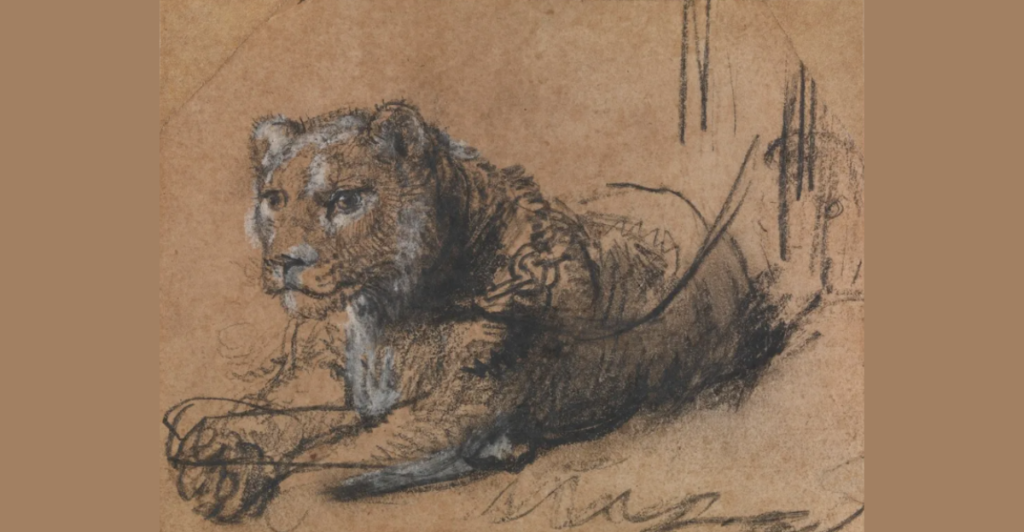
Rembrandt’s Young Lion Resting is a testament to humanity’s enduring fascination with lions. For centuries, lions have represented strength, bravery, and kingship in art, ranging from Mesopotamian reliefs to Renaissance paintings such as Peter Paul Rubens’ Daniel in the Lions’ Den.
However, this admiration is in jarring contrast with their present fate in the wild. After numbering more than 100,000 on the African continent alone, lion populations have been reduced by over 50% through habitat loss and poaching.
Kaplan’s choice to auction this unusual drawing links art’s enduring appeal to contemporary conservation efforts. By converting cultural admiration into concrete action, this project highlights how humanity’s creative heritage can inspire solutions to today’s ecological crises.
Billionaire Behind the Bid: Thomas Kaplan’s Ecological Legacy
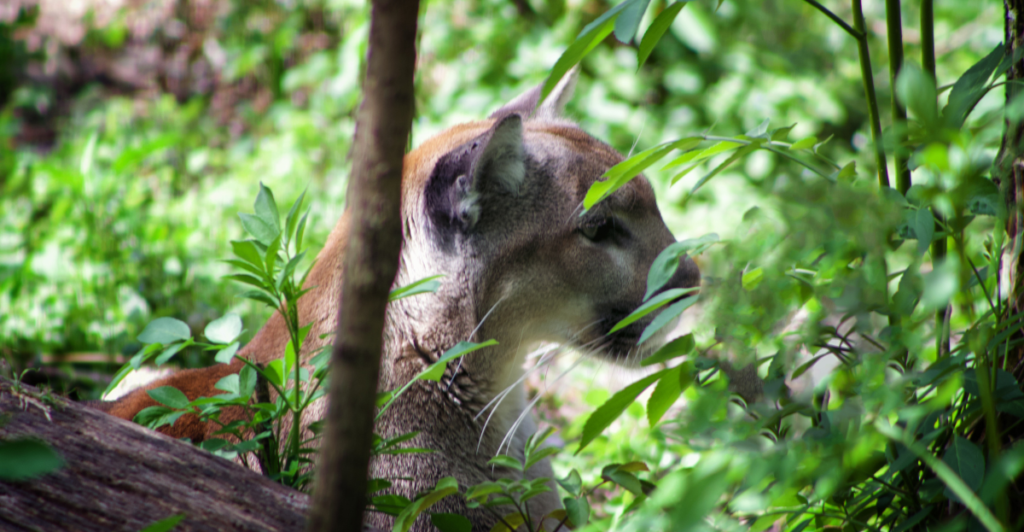
Thomas Kaplan’s environmental philanthropy is a culmination of his lifelong passion for wildlife conservation. Having been inspired by the Florida panther as a kid, Kaplan and his wife, Daphne Recanati Kaplan, co-founded Panthera in 2006 and founded the world’s leading organization dedicated to big cat conservation.
Panthera addresses poaching, habitat loss, and human-wildlife conflict through innovative programs, such as Tigers Forever and the Jaguar Corridor Initiative. Beyond Panthera, Kaplan’s Recanitan-Kaplan Foundation also sponsors Oxford University’s Wildlife Conservation Research Unit (WildCRU), funding groundbreaking research and conservationist training worldwide.
This is all part of his general devotion to the conservation of other species, such as eastern indigo snakes, demonstrating his wide-ranging strategy of preserving biodiversity for future generations.
Where the Money Goes: Big Cats in Crisis and the Battle to Save Them
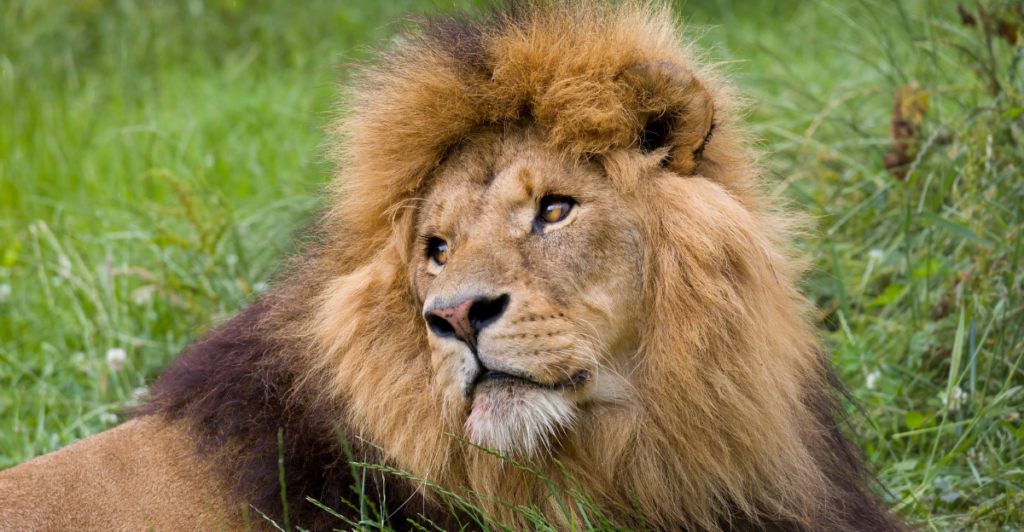
The funds from the Rembrandt sale aim to support frontline conservation efforts. Big cats are collapsing. Tigers have lost over 95% of their historic range, and African lion populations have declined by nearly 50% in just 25 years.
According to the International Fund for Animal Welfare (IFAW), these apex predators are facing a perfect storm: habitat fragmentation, human-wildlife conflict, poaching, and climate change. The auction proceeds could, for example, fund anti-poaching patrols, GPS collaring programs, cross-border wildlife corridors, and community education initiatives.
In effect, a 400-year-old Dutch drawing might end up paying for satellite-linked collars on snow leopards in Central Asia or grassroots lion conservation in Kenya. It’s not symbolism. It’s a fine-art-powered, targeted, data-driven conservation strategy.
The Economics of Conservation
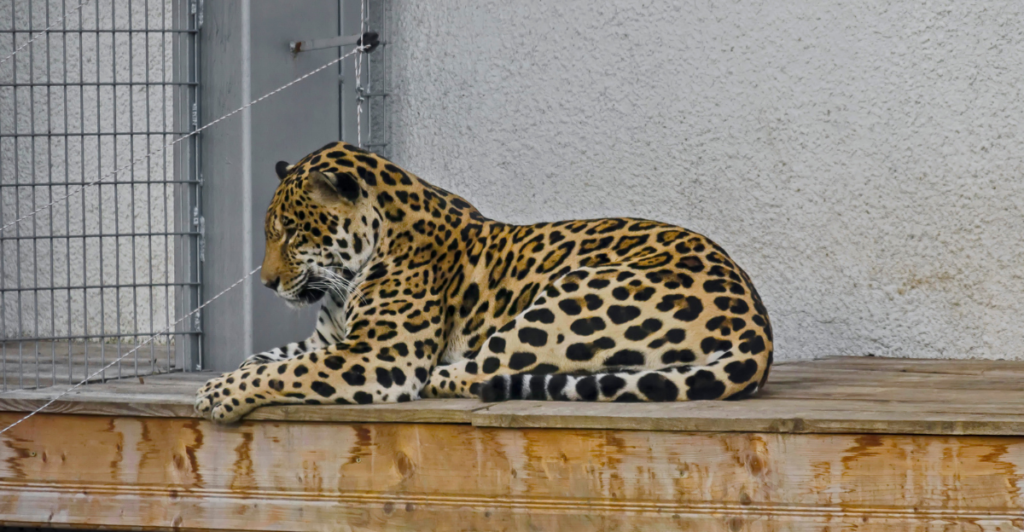
Conservation economics is a critical approach to addressing wildlife conservation issues. Basically, it tries to put actual values on ecosystems and species as natural capital. For example, tourism for wildlife generates billions annually, with African safaris generating over $12 billion alone.
Mainstream economic models tend to undervalue conservation efforts because we lack direct contact with wildlife, resulting in overexploitation and habitat loss. However, organizations such as Panthera are proof that targeted funding can make a difference.
With $80 million pledged by donors like Kaplan himself, Panthera has started programs that protect tigers in Asia and leopards in Africa while engaging local communities in sustainable development. Young Lion Resting’s profits could further these kinds of efforts so that big cats don’t merely survive but thrive.
Should Art Really Fund Conservation?
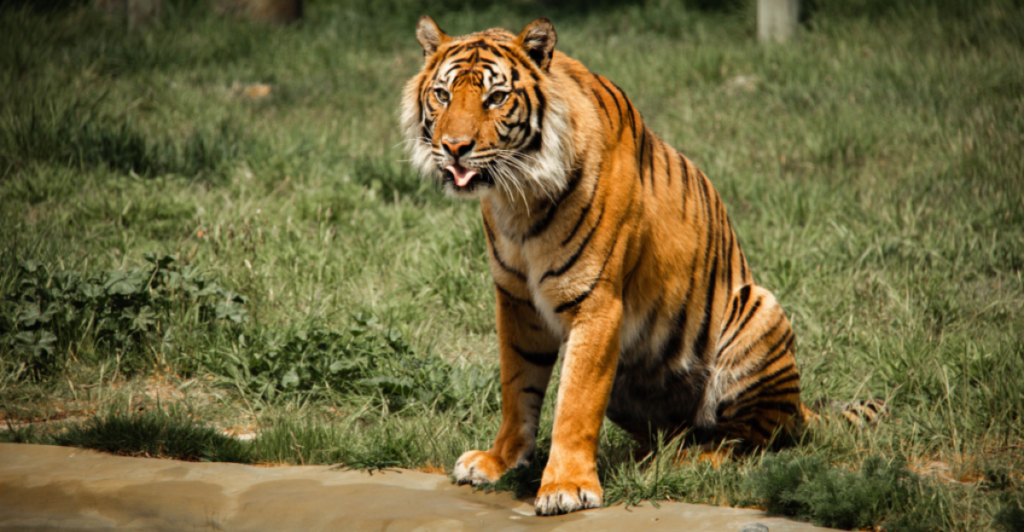
Despite the scale of this auction, set for next year, not everyone is applauding. Critics argue that tying conservation funding to elite art sales sets the wrong example. Is nature’s survival dependent on the whims of rich collectors? That model, critics warn, commodifies salvation.
It also risks diverting attention from more basic systemic changes vital to saving biodiversity: habitat preservation, policy reform, and empowering locals. Further, many warn of the art world’s unpredictability too, which casts doubt on its sustainability.
However, advocates contend that in a world of limited attention spans and skewed resource distribution, blockbuster sales are catalysts, not cures. They bring eyeballs, inspire imitators, and help to reinvent philanthropy as something more than tax sheltering.
Historical Echoes: When Artists and Animals Intertwine
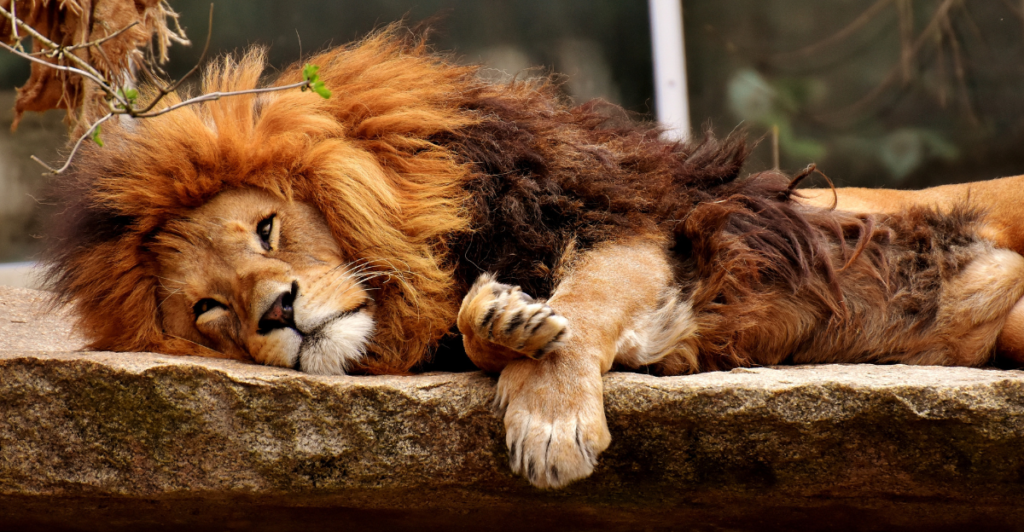
The idea of art driving conservation is not new. John James Audubon, the 19th-century naturalist and painter, funded his wildlife studies through the support of high-end art patrons. In the 1960s, Andy Warhol donated prints to endangered species campaigns, turning pop art into environmental activism.
But Rembrandt’s lion brings a gravitas that screen prints or lithographs cannot. It calls for a longer view: centuries of human fascination with nature, from cave painting to digital photography.
Kaplan’s sale taps into centuries-long admiration for lions, which contrasts with their recent frailty in the wild. By linking historical art with present conservation needs, Kaplan demonstrates how heritage can fuel innovation.
Art as Activism
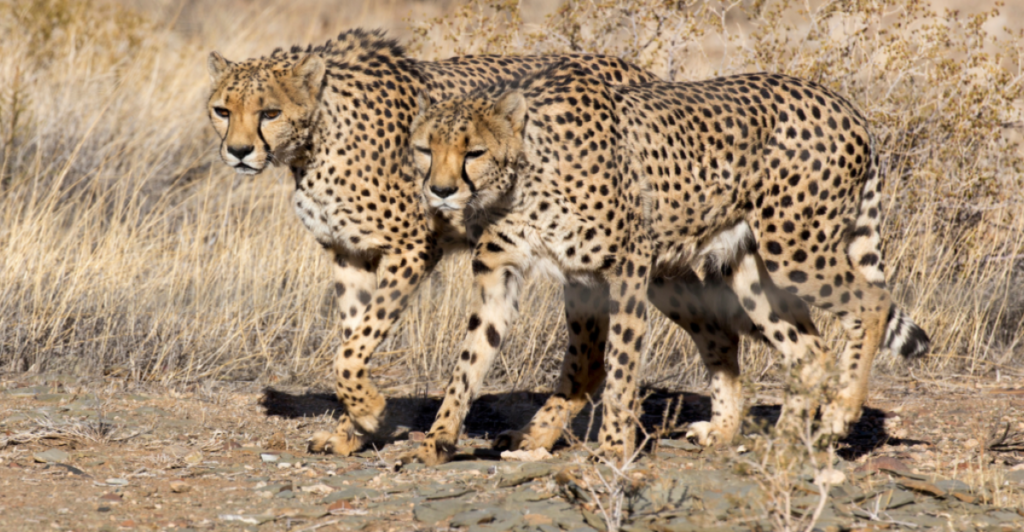
Art has been a powerful force of social and environmental change for centuries, using natural beauty to inspire action. Whether in Nick Brandt’s haunting wildlife photography, which illustrates the fragility of African ecosystems, or in Banksy’s fiery street art, which highlights climate crises, art can shine a light on urgent issues.
Thomas Kaplan’s sale of Rembrandt’s Young Lion Resting continues this tradition, using the cultural capital to aid conservation efforts. By channeling the value of rare masterpieces into tangible assistance for wildlife, art becomes activism that breeds resources and awareness.
This fusion of advocacy and art demonstrates how collectors, philanthropists, and artists can collaborate to protect endangered species and their habitats.
When Art Meets Technology
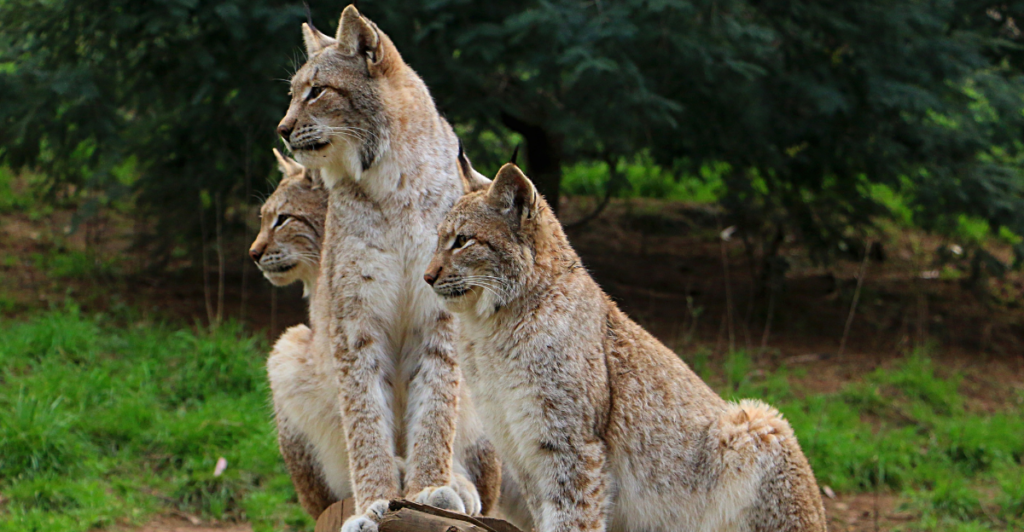
The union of technology and art opens up exciting new avenues for conservation, fundraising, and awareness. For example, imagine virtual reality (VR) experiences that place donors in the everyday lives of big cats, allowing them to experience for themselves the difficulties faced by those animals.
This type of immersive storytelling can help boost empathy, soliciting donations. In addition, blockchain technology can help enhance transparency by tracking where auction proceeds from paintings, such as Rembrandt’s Young Lion Resting, go into conservation efforts, building donor trust.
Further, artificial intelligence (AI) can analyze donor behavior to tailor engagement, maximizing the effect. Therefore, combining classical art sales and innovative technology can develop new platforms that not only raise funds but also revolutionize support for wildlife conservation.
The Future of Philanthropy
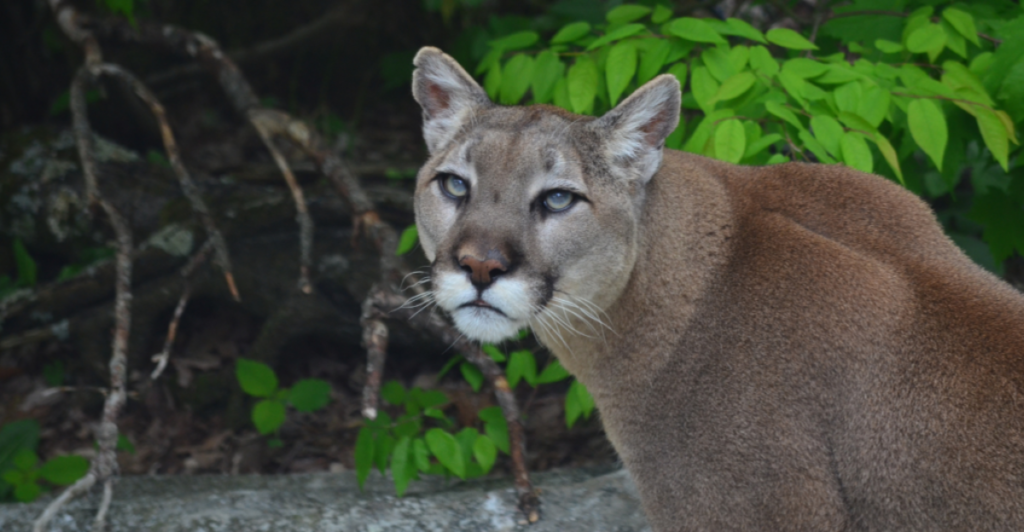
Philanthropy in 2025 is transforming radically, driven by innovative trends and shifting values. Donor-advised funds (DAFs), for example, have become more popular because they offer streamlined solutions for high-net-worth individuals to leave their mark and inspire generational engagement.
Kaplan’s action signals a new path in how wealth can be leveraged to make the world a better place. By merging his passion for conservation and art, he sets an example for other philanthropists and collectors.
With climate change accelerating biodiversity loss, such out-of-the-box thinking is important for safeguarding the future of our planet. Whether through auctions or unconventional collaborations between industries, such as tech and art, philanthropy must evolve to meet today’s issues in a direct way.
Explore more of our trending stories and hit Follow to keep them coming to your feed!

Don’t miss out on more stories like this! Hit the Follow button at the top of this article to stay updated with the latest news. Share your thoughts in the comments—we’d love to hear from you!







